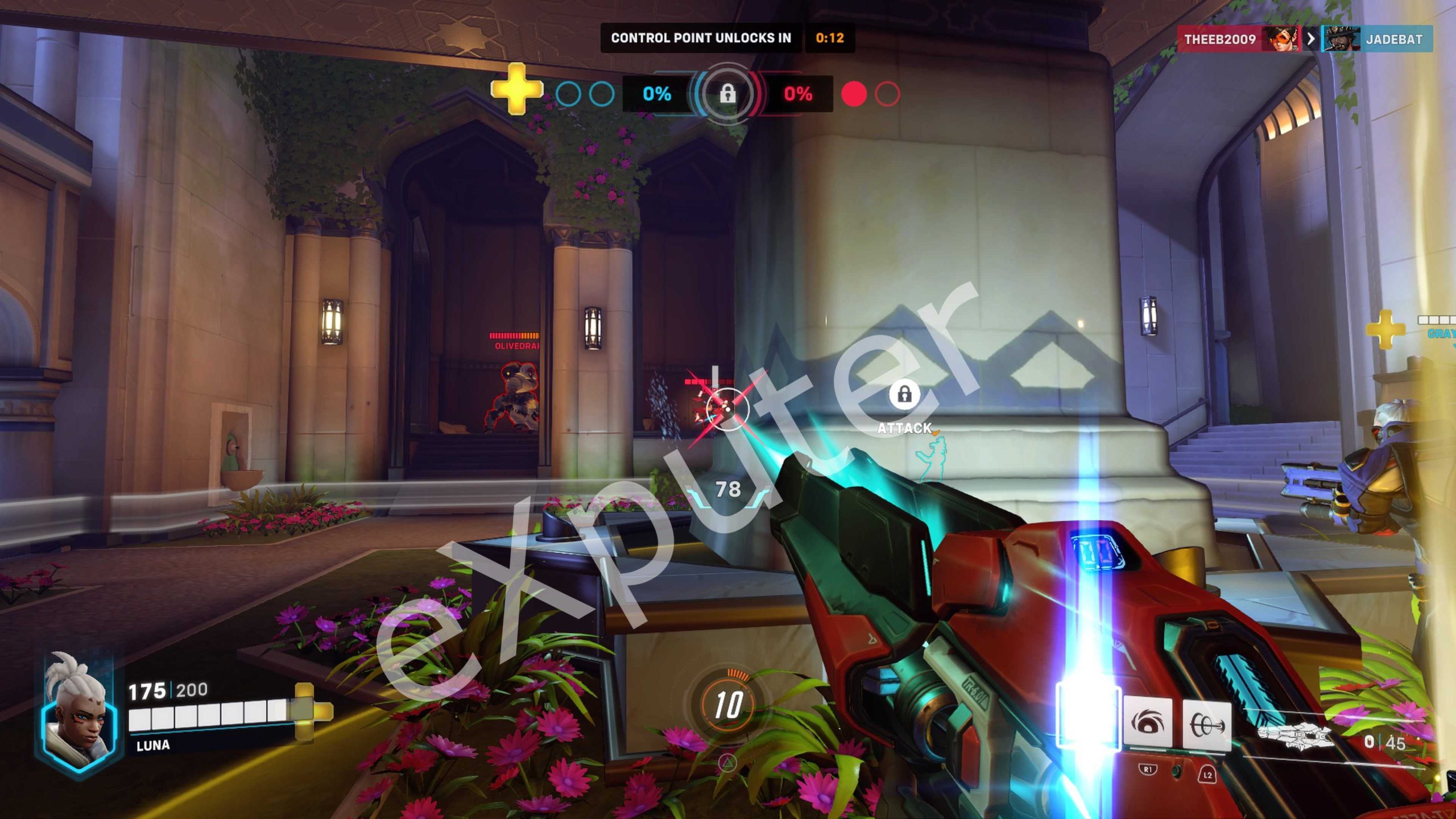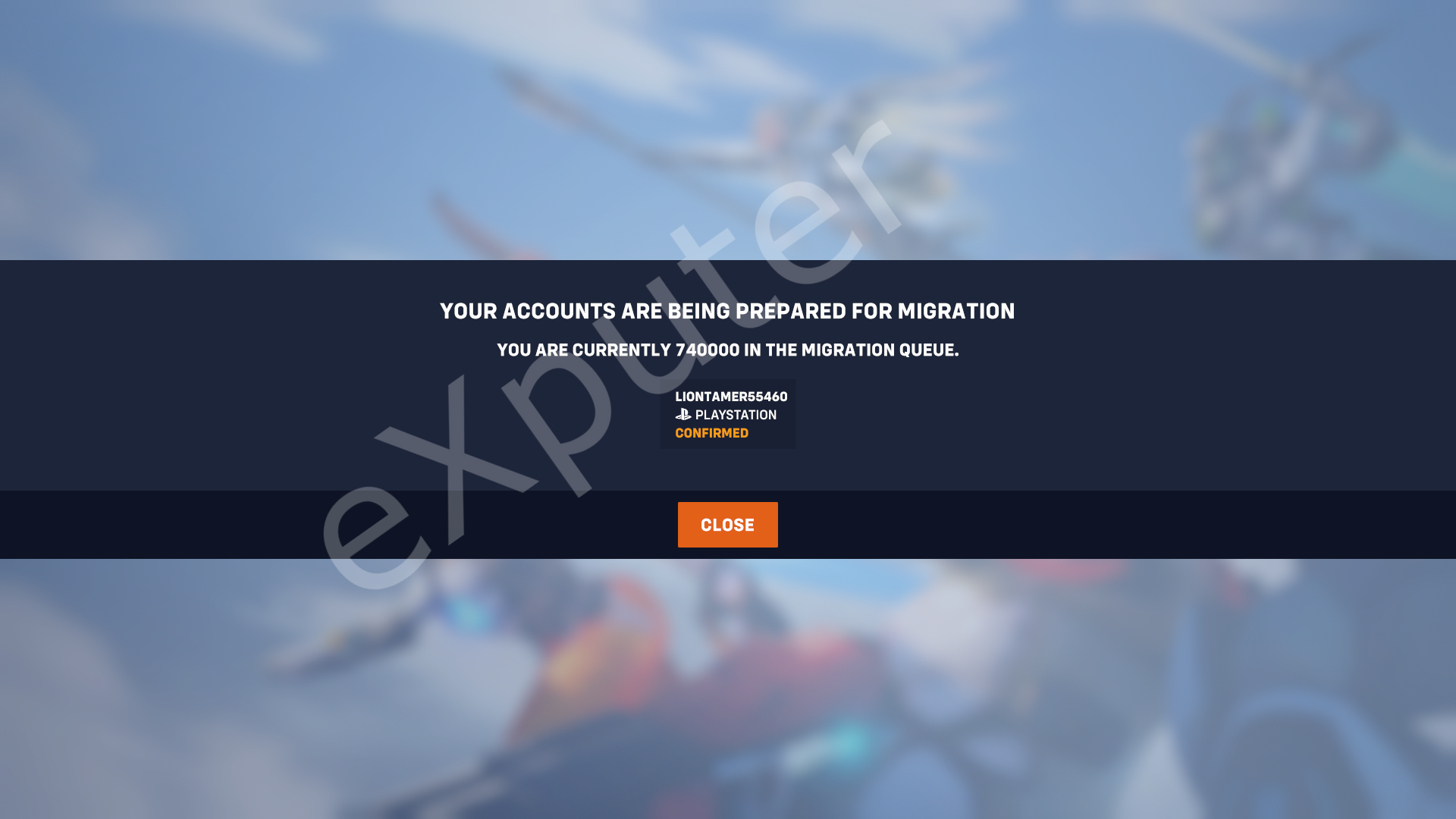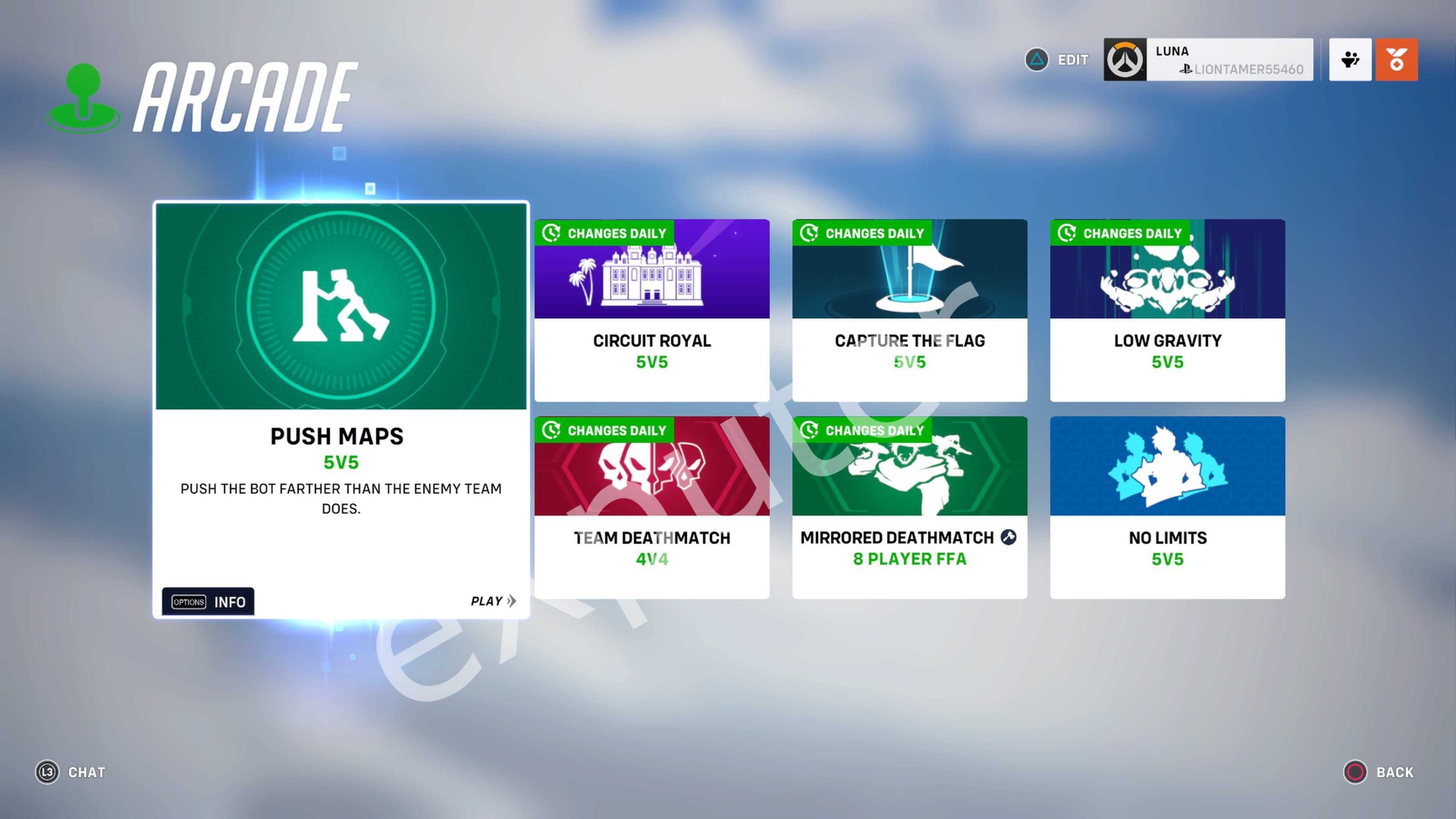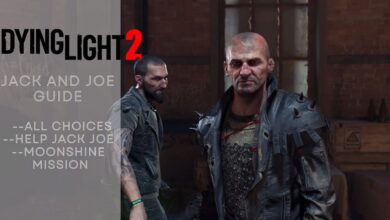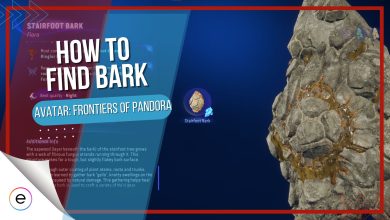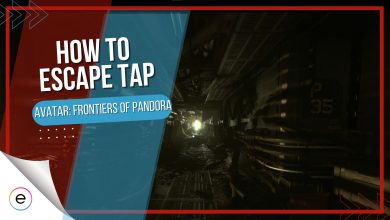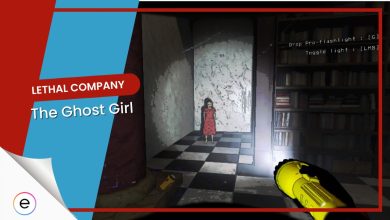The original Overwatch was released back in 2016 after much anticipation from its betas and alpha releases to the industry. But safe to say it left a mark on the industry and the genre of competitive hero shooters as a whole due to its sheer cast of characters and fun gameplay. Fast-forward all the way now to 2022, and after a few delays and surviving some controversies in-between the release, Overwatch 2 is finally released as a free-to-play title, but despite all of the feedback so far, fans and newcomers have one question; is it good or bad?
I bought the first game on release, much before its soon-to-follow Game Of The Year Edition, released the following year. We will be discussing quite a few of the changes from the first game in comparison to Overwatch 2, as well as entail our personal verdict on whether the game is truly good or bad.
The Evolution Of The Story
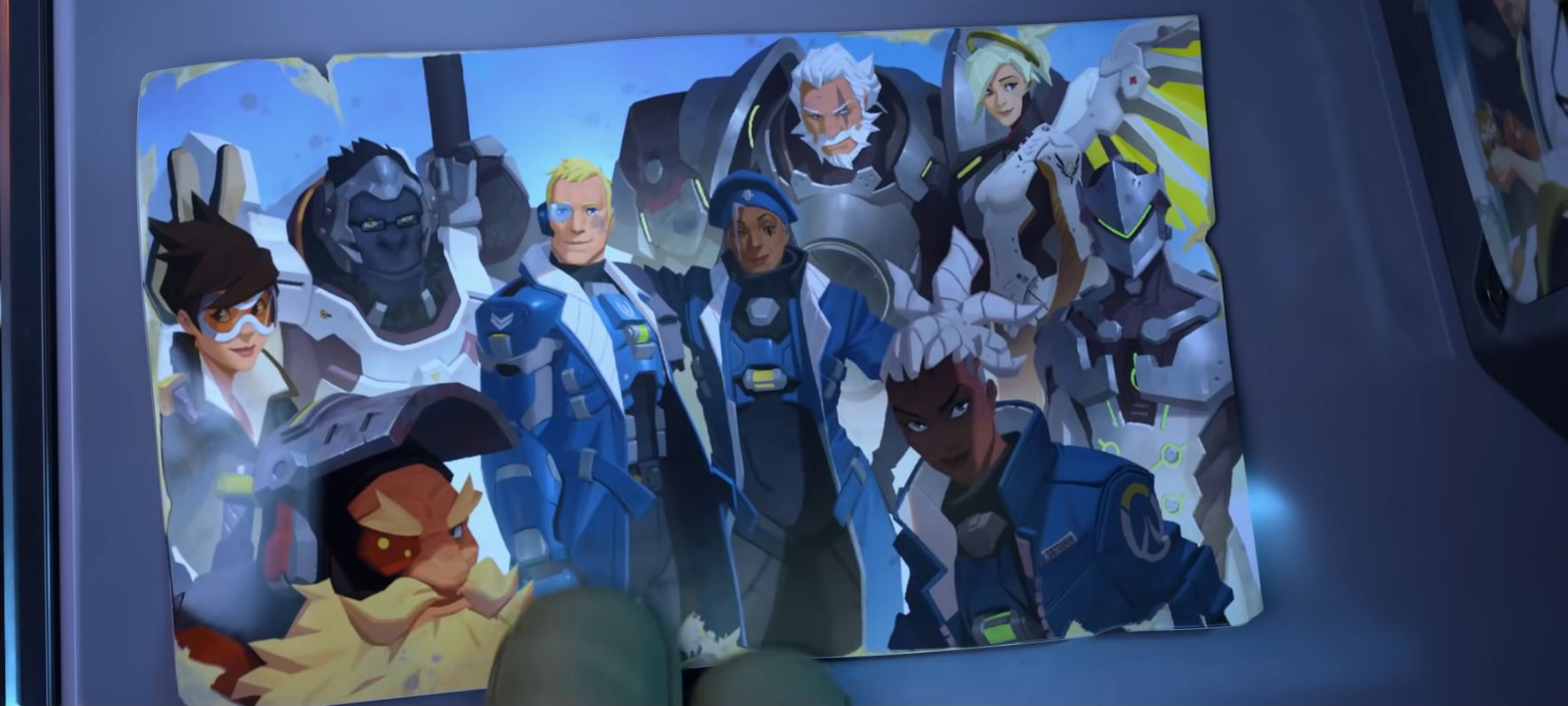
Overwatch 2 builds upon the storytelling foundation of its predecessor, using animated shorts and comics to convey the lore. In the first game, Winston initiated an emergency protocol, eventually reuniting heroes like Genji and Tracer.
These animated shorts have delved into heroes’ backgrounds, like Hanzo’s rivalry with his brother and Reinhardt return. Overwatch 2 continues this tradition, exploring new heroes like Kimiko in animated shorts on the Official Overwatch Youtube Channel.
With the upcoming campaign and PVE mode, Overwatch 2 enhances the lore experience. The zero-hour cinematic shows Winston reuniting the operatives against the Omni Crisis. While the plot’s direction remains uncertain, the game excels in fleshing out characters and their distinct personalities.
Expect more comics and animated shorts for new characters, keeping players updated on their roles and connections to ongoing events.
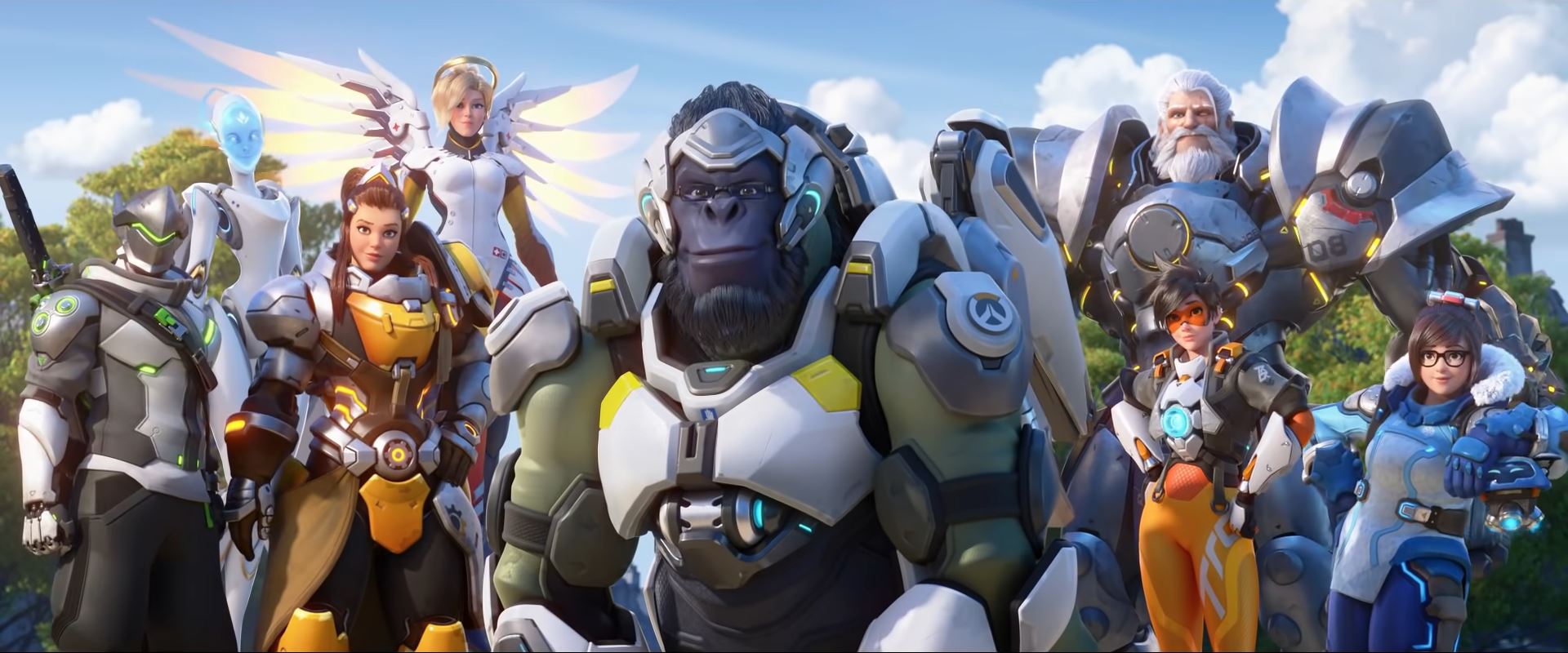
Differences Between Gameplay
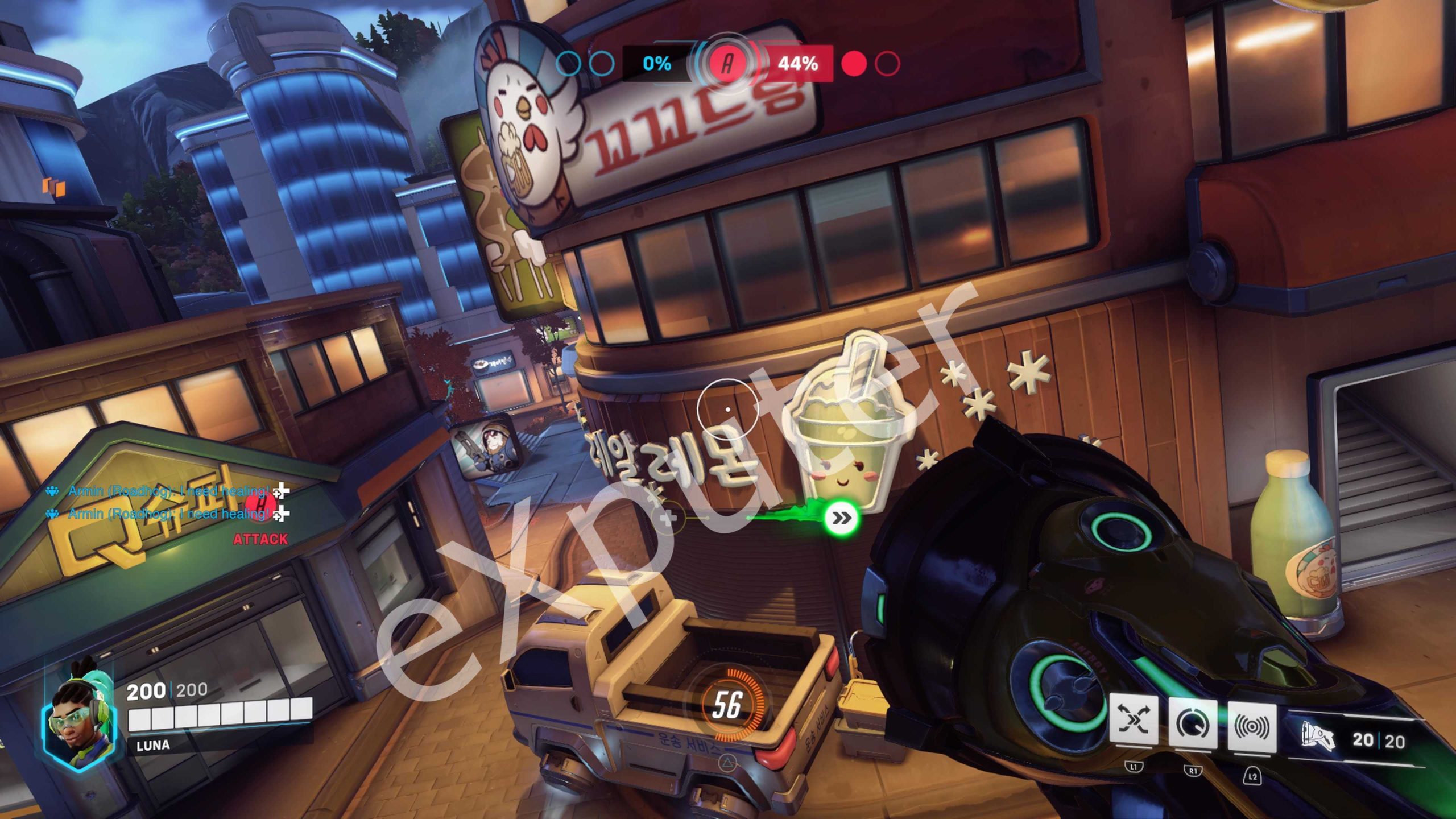
- Team Size: Overwatch 1 supported 6v6 combat, while Overwatch 2 adopts a 5v5 format. This change allows for more evenly distributed roles in teams.
- Team Composition: With 5v5 matches, players have more flexibility in creating team compositions. The preferred composition includes at least one tank, two DPS heroes, and two supports.
- Pacing: The 5v5 format impacts the pacing of matches, as players no longer have to break through two enemy tanks at the beginning. This change encourages experimentation with synergy tactics and the development of new meta strategies.
- Hero Abilities: Overwatch 2 introduces changes to hero abilities and ultimates, but most heroes do not feel significantly nerfed or overpowered. Some heroes, like Orisa, have received revamped abilities and kits.

New heroes such as Sojourn are great to play [Image captured by eXputer] - Cross-Progression: Overwatch 2 offers cross-progression, allowing players to carry over their skins and stats from the previous game. However, there were initial server issues and delays with the Account Merge feature.

The cross-progression feature in Overwatch 2 [Image captured by eXputer] - Battle Pass: Overwatch 2 features a battle pass system that offers exclusive cosmetics and early hero unlocks. This approach may be hit-or-miss with players, depending on their preferences.
- Push Maps: A new game mode called “Push maps” is introduced, offering a stylized version of the King-of-the-hill objective. Teams must push a Robot to their advantage and maintain the pace to win.

The Game Modes List of Overwatch 2 [image captured by eXputer]
Overall, Overwatch 2 revitalizes the core mechanics of the game and provides an exciting gameplay experience. While there may be minor inconveniences and server-related issues at launch, the sequel offers improvements and changes that enhance the gameplay compared to Overwatch 1.
The Visuals & Performance Differences
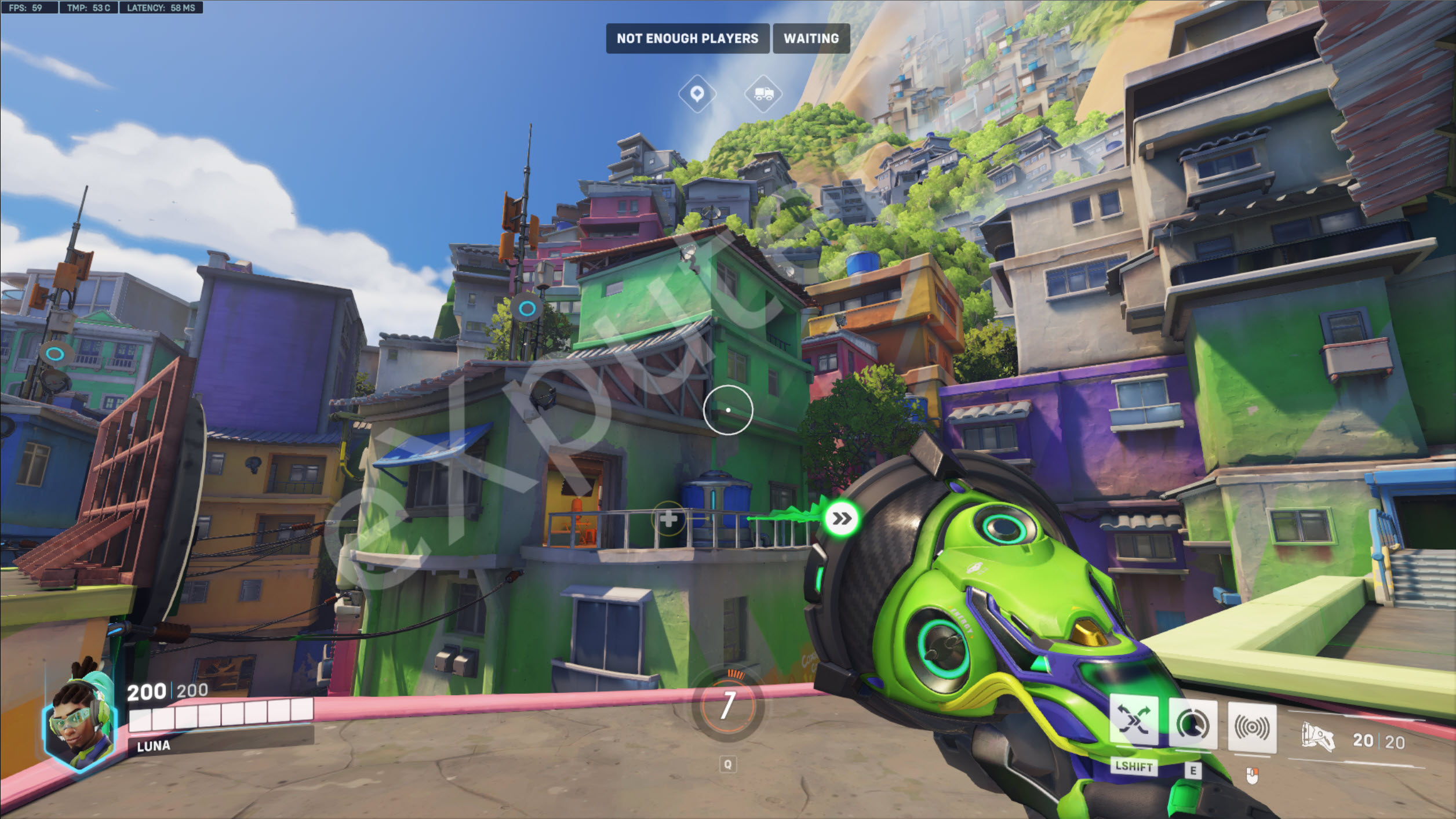
In terms of visuals and performance, here are the differences in Overwatch 2 compared to the original game:
- Visual Enhancements: Overwatch 2 features some visual enhancements and fine-tuning, though it’s not a significant leap from the first game. Many assets and textures remain the same, but there’s an overall improvement in map design, making them feel more dynamic.
- Map Design: Some maps have undergone overhauls, while others have received minor tweaks to certain areas. The goal is to provide a balanced gameplay experience and prevent spawn-killing and other strategies that can negatively impact ranked play.
- Character Models: Some character models in Overwatch 2 appear more expressive and vivid compared to the original game. While this may not be the main focus of the game, it adds a welcome layer of polish and freshness to the overall experience.
- Graphics Settings: Overwatch 2 offers various graphical settings that allow players to adjust the game’s visual quality based on their hardware. The game is optimized to run smoothly, even on budget builds, by tweaking settings related to lighting and graphical fidelity.
- Performance: Overwatch 2 maintains a smooth 60FPS framerate on hardware configurations such as an RTX 3060Ti and Ryzen 5 3600 with high to ultra preset settings. The game’s optimization ensures that it runs well on a range of hardware, similar to the original game.
Overall, Overwatch 2 provides a visually enhanced and optimized experience while maintaining a focus on gameplay and performance, ensuring that both returning and new players can enjoy the game without significant hardware limitations.

The Verdict – Is Overwatch 2 Good Or Bad?
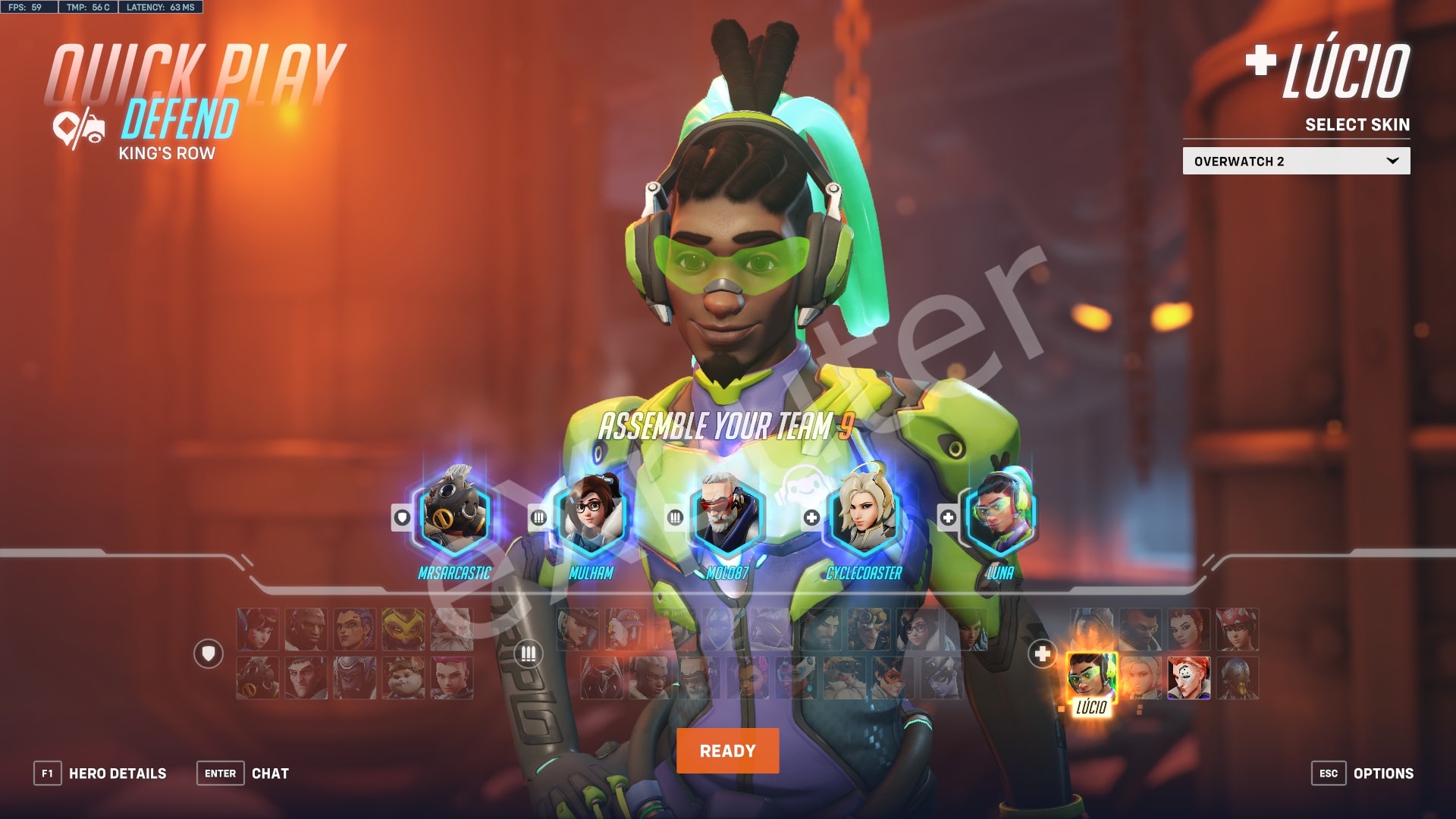
But the question still remains to be answered, which is that ‘Did the game really need a sequel this soon?’. It comes down to different perspectives here, but considering the changes and the new features to almost everything in place here leaves much to be desired. But the overall gameplay and visual upgrades made here honestly make it a worthwhile investment to pick up and play it.
Not to mention the game is ridiculously fun with friends, and the different game modes here are sure to entertain players for hours on end. Balancing the different heroes – both old and new will allow players to build new synergy tactics soon enough as time goes on. Moreover, the game is free-to-play, and it doesn’t hurt to take a gamble and check it out since Overwatch 2 is a worthwhile sequel with a few new tricks up its sleeve.
Next: Overwatch 2 Tank Tier List
Thanks! Do share your feedback with us. ⚡
How can we make this post better? Your help would be appreciated. ✍
